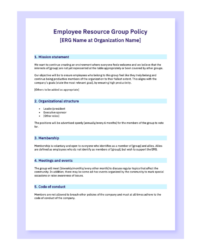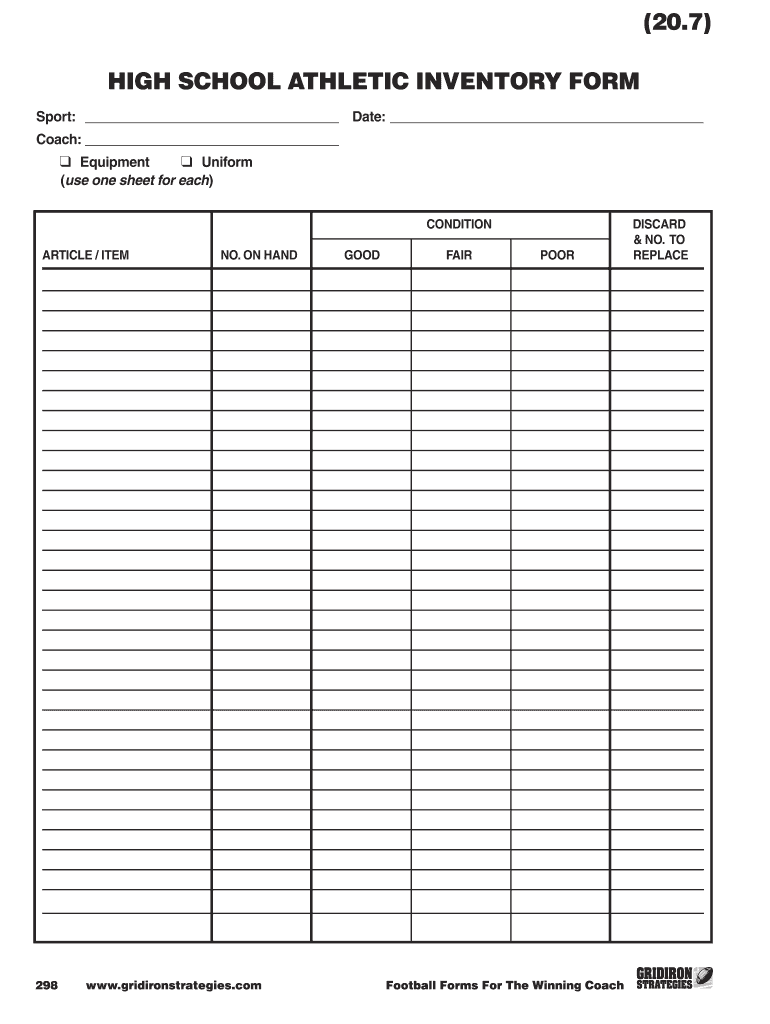Utilizing a standardized form offers several advantages. It promotes fairness and reduces bias by ensuring all applicants provide the same information. This consistency simplifies the evaluation process, enabling recruiters to make objective comparisons based on a standardized set of criteria. Furthermore, it improves the candidate experience by offering a clear and straightforward application process. A well-designed form can also enhance the employer’s brand image and professionalism.
This foundation of structured information gathering plays a critical role in efficient recruitment and selection, contributing to informed hiring decisions and a positive candidate experience. The following sections will explore specific elements and best practices for creating and implementing effective tools for collecting applicant data.
Key Components of an Effective Application Form
Well-designed application forms consist of key elements that ensure comprehensive data collection and promote a positive candidate experience. These components facilitate efficient evaluation and contribute to informed hiring decisions.
1. Contact Information: Collection of essential contact details enables efficient communication with applicants throughout the hiring process. This typically includes full name, phone number, email address, and mailing address.
2. Employment History: A detailed work history section allows applicants to outline their previous roles, responsibilities, and accomplishments. This section often requests dates of employment, company names, supervisor contact information (optional), and reasons for leaving previous positions.
3. Education and Qualifications: This section captures academic achievements, relevant certifications, and professional development training. Information regarding degrees earned, institutions attended, graduation dates, and relevant coursework can be included.
4. Skills and Abilities: This section allows applicants to showcase specific skills and abilities pertinent to the open position. This can include technical proficiencies, language skills, software knowledge, and other relevant competencies.
5. References: Providing space for professional references allows potential employers to gain additional insights into an applicant’s work ethic and qualifications. This section typically requests the names, contact information, and professional relationship of references.
6. Disclaimers and Legal Statements: Inclusion of essential legal disclaimers, such as equal opportunity employment statements and authorization for background checks, ensures compliance and transparency in the application process.
7. Signature and Date: A signature and date field confirms the applicant’s attestation to the accuracy and completeness of the information provided.
A comprehensive application form provides a structured framework for gathering essential applicant information, facilitating efficient candidate evaluation and informed hiring decisions. Each component plays a vital role in building a complete profile of each applicant.
How to Create a Standardized Application Form
Creating a standardized application form requires careful planning and consideration of various factors to ensure effectiveness and compliance. A well-structured form streamlines the application process, facilitates efficient candidate evaluation, and promotes a positive candidate experience.
1. Define Essential Information: Begin by identifying the essential information required from applicants. This should align with the specific requirements of the open position and organizational needs. Focus on gathering information directly relevant to evaluating qualifications and suitability for the role.
2. Choose a Format: Select an appropriate format for the application form, considering accessibility and ease of use for both applicants and reviewers. Options include digital forms (fillable PDFs, online platforms), or traditional paper-based forms.
3. Structure the Form Logically: Organize the form into clear sections with logical headings and subheadings. This enhances clarity and ensures applicants can easily navigate and complete the form accurately.
4. Craft Clear and Concise Questions: Use clear and concise language, avoiding jargon and ambiguous phrasing. Ensure questions are easily understandable and elicit the desired information from applicants.
5. Include Instructions and Guidance: Provide clear instructions and guidance for completing each section of the form. This minimizes confusion and ensures applicants provide the necessary information in the correct format.
6. Incorporate Legal Disclaimers: Include necessary legal disclaimers, such as equal opportunity employment statements, data privacy policies, and authorization for background checks. This ensures compliance and transparency.
7. Test and Refine: Before implementing the form, conduct thorough testing to ensure functionality, clarity, and user-friendliness. Gather feedback and refine the form as needed to optimize its effectiveness.
8. Regularly Review and Update: Periodically review and update the application form to ensure it remains relevant, compliant with current regulations, and effectively gathers the necessary information for informed hiring decisions. This ensures the ongoing effectiveness of the applicant screening process.
A well-designed application form, incorporating these key steps, serves as a valuable tool in the hiring process. It enables efficient data collection, consistent evaluation, and informed decision-making, ultimately contributing to successful recruitment outcomes.
Standardized forms provide a crucial foundation for effective recruitment processes. They ensure consistency in data collection, facilitate objective candidate comparison, and contribute to a positive candidate experience. From contact details to employment history, education, skills, and legal disclaimers, each element plays a vital role in building a complete applicant profile. Careful consideration of format, structure, question clarity, and legal compliance is essential in creating effective tools for candidate evaluation. Regular review and updates further ensure ongoing effectiveness and alignment with evolving best practices and regulatory requirements.
Leveraging structured data collection methods empowers organizations to make informed hiring decisions, build strong teams, and foster a positive and efficient recruitment experience for all stakeholders. Investing time and resources in developing and maintaining robust, compliant, and user-friendly application processes contributes significantly to long-term organizational success.


